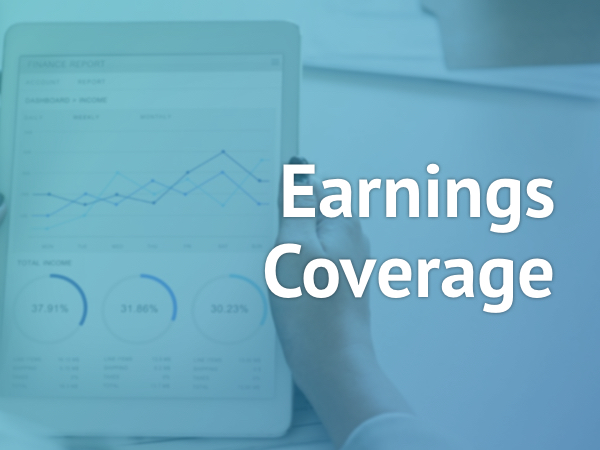Key highlights from Vakrangee Ltd (VAKRANGEE) Q1 FY23 Earnings Concall
Management Update:
- VAKRANGEE plans to achieve its outlet expansion target of 75,000 NextGen outlet within the next 12 to 18 months.
Q&A Highlights:
- Ankur Mehra of CKB Capital asked about reason for revenue growing while profitability and margins getting impacted and guidance going forward. Dinesh Nandwana MD said the profitability got impacted due to the additional incentives given to its franchisees. However, added that the profitability and margins are going to improve in next subsequent quarters as the incentives are temporary in nature.
- Tejas Shah enquired about some insight on meeting the long-term target of reaching 75,000 outlets from the current 22,800 plus outlets. Dinesh Nandwana MD replied that VAKRANGEE has a three pronged approach to meeting the target. Firstly, introduced additional incentive to increase the payback period and strong referral. Secondly, new pricing with 100% refundable model. Thirdly, master franchisee concept at district level.
- Kunal Verma with Keyur Investment enquired about the new services added recently and the future plans. Dinesh Nandwana MD answered that they have a new service called Vakrangee Kendra network where any global brand can get access to VAKRANGEE’s entire customer base. The company has built a last mile rural based distribution platform, with a layer of digital mobile app platform. The idea is to get bigger brands come to the company.

